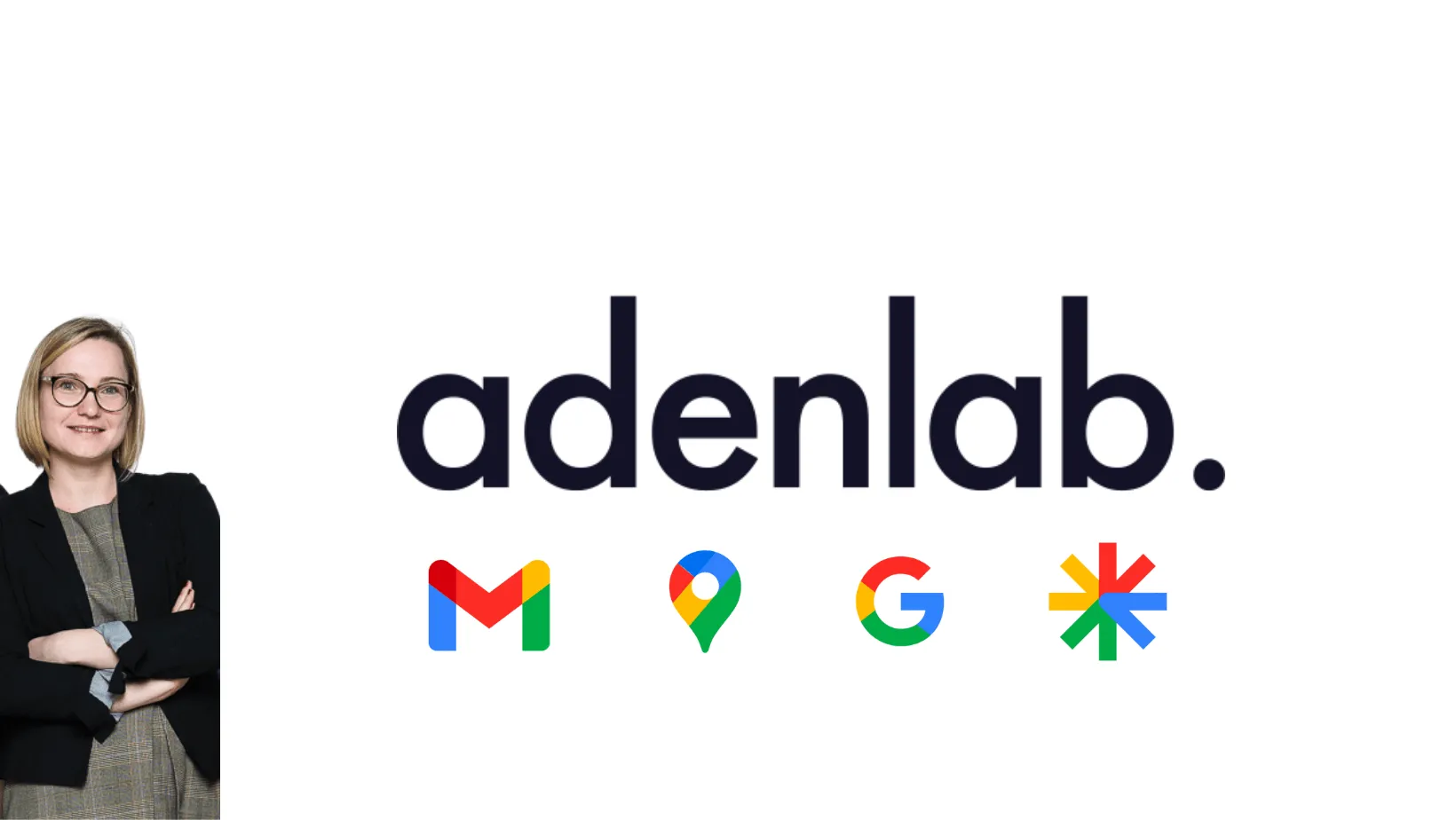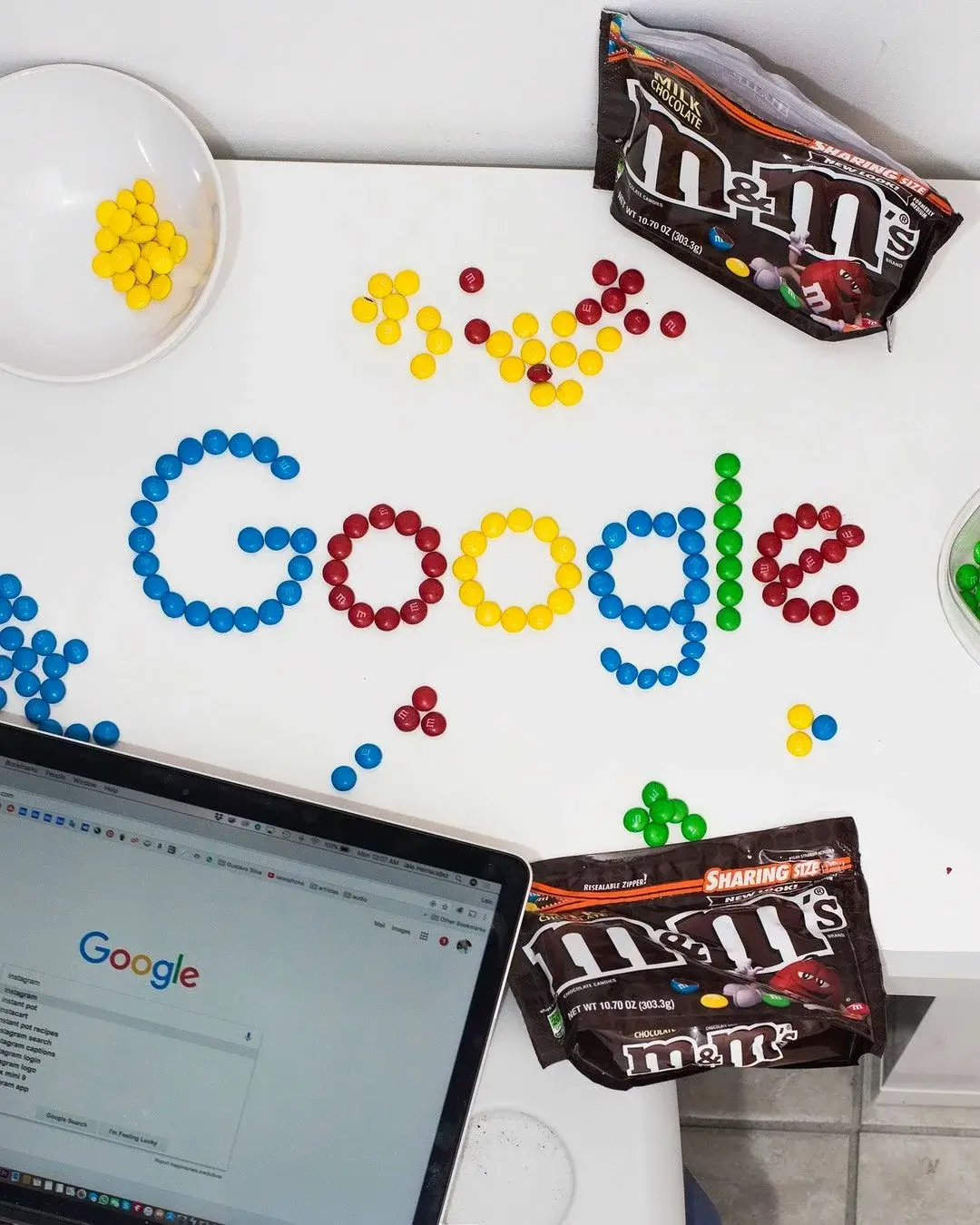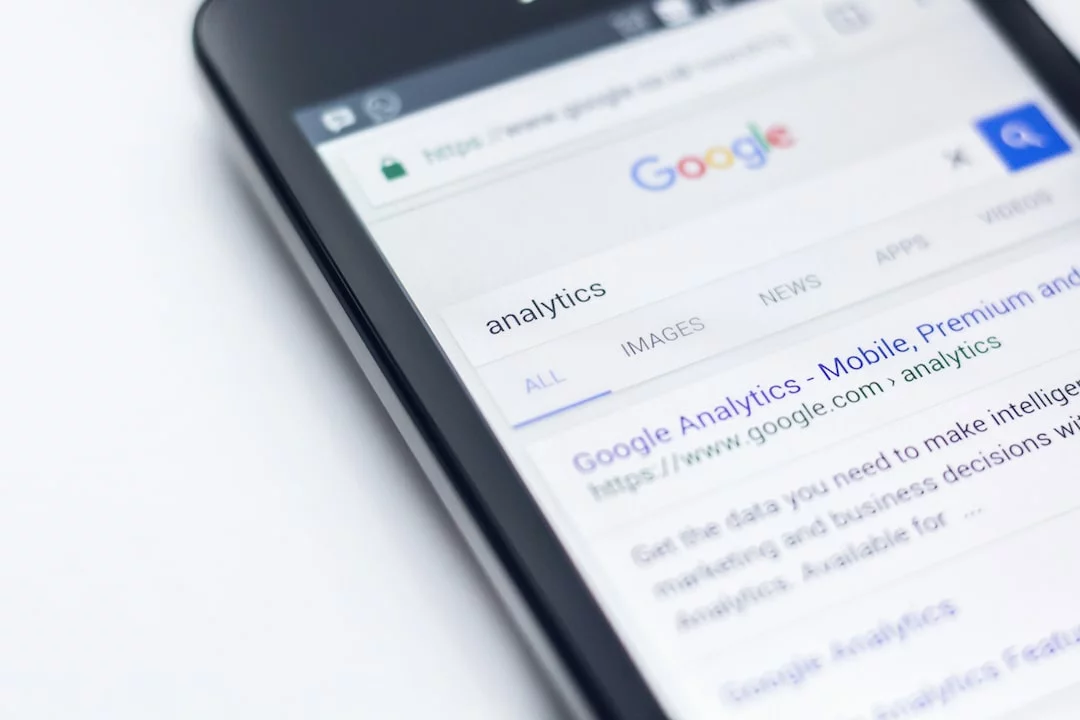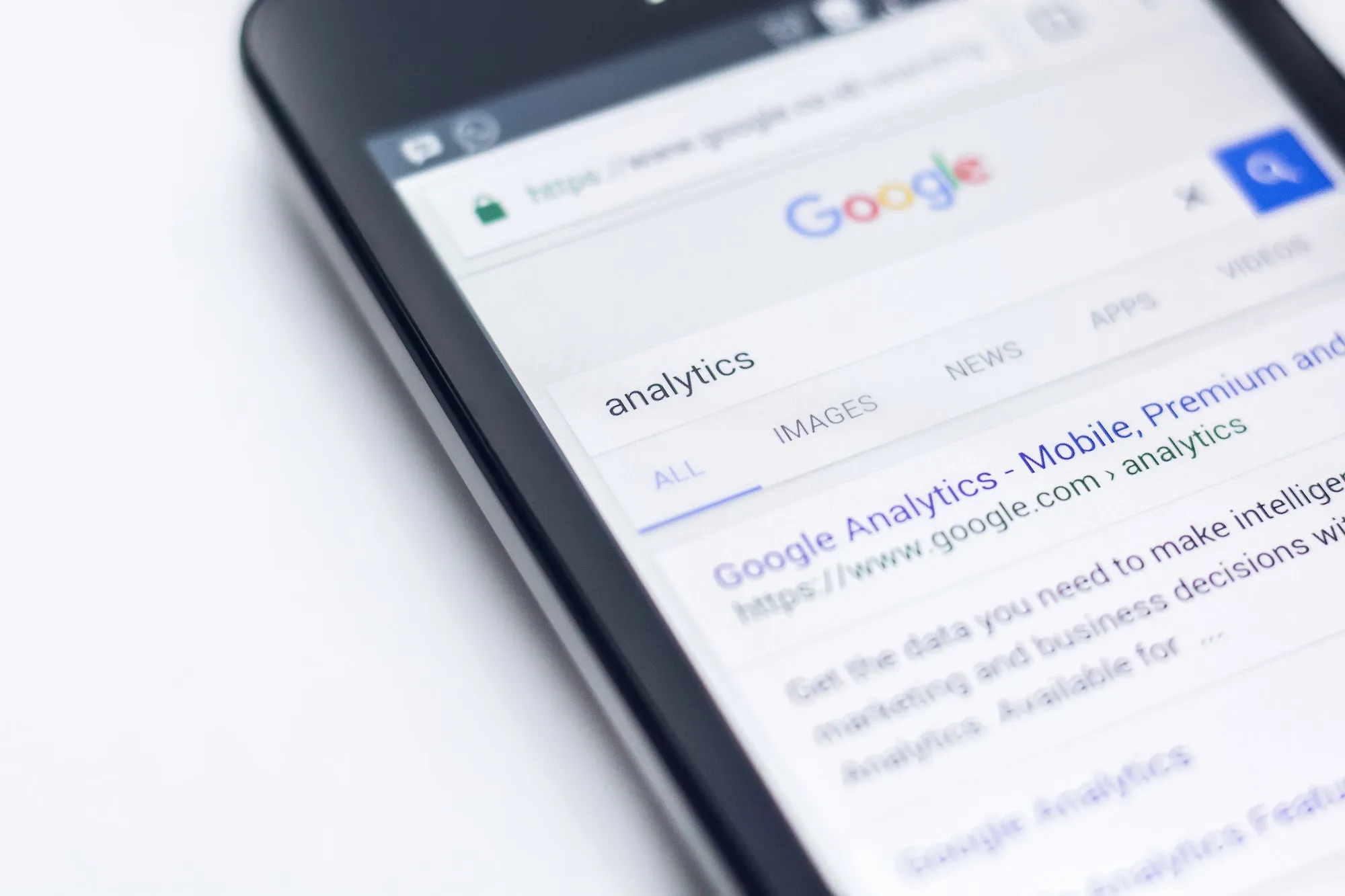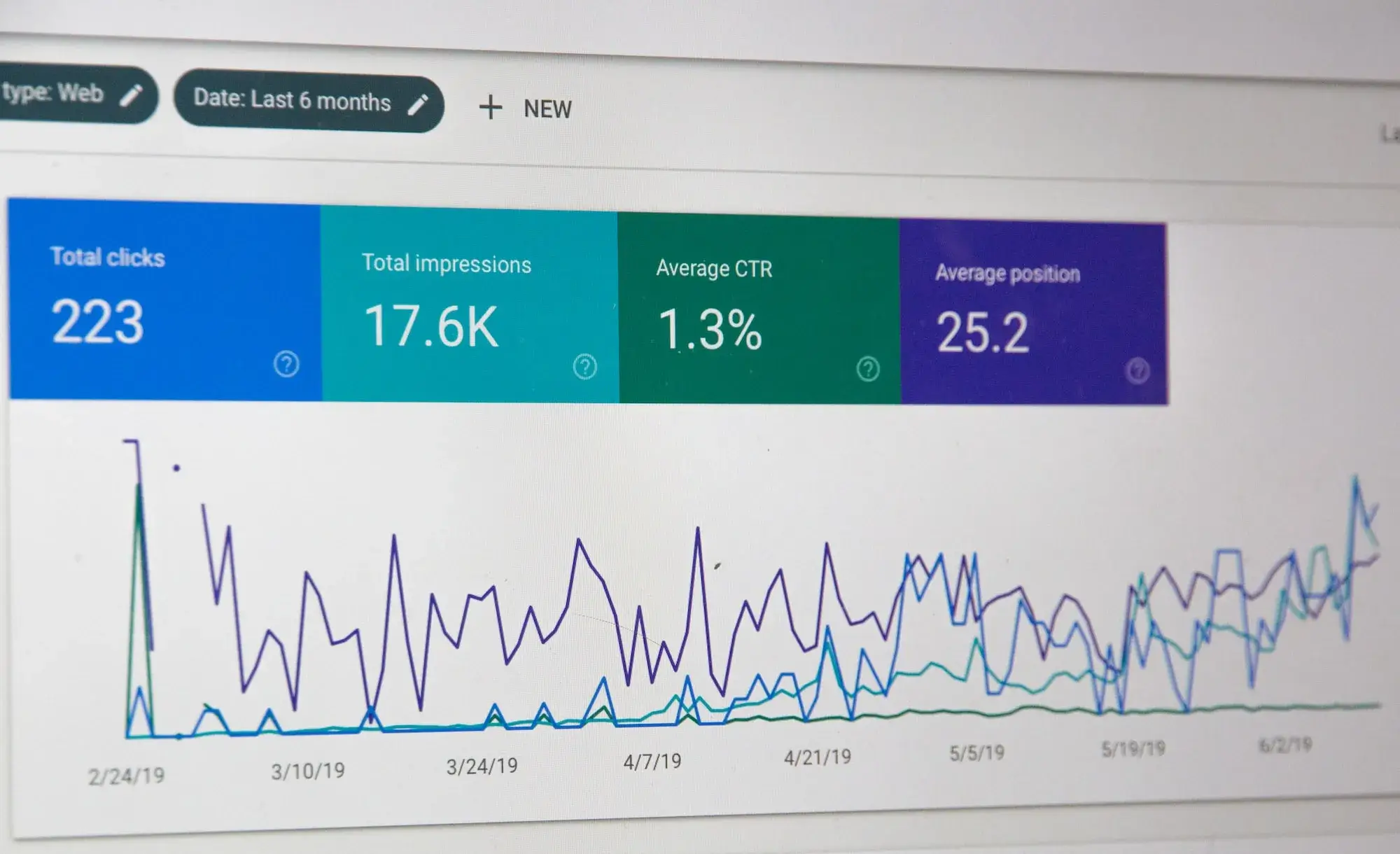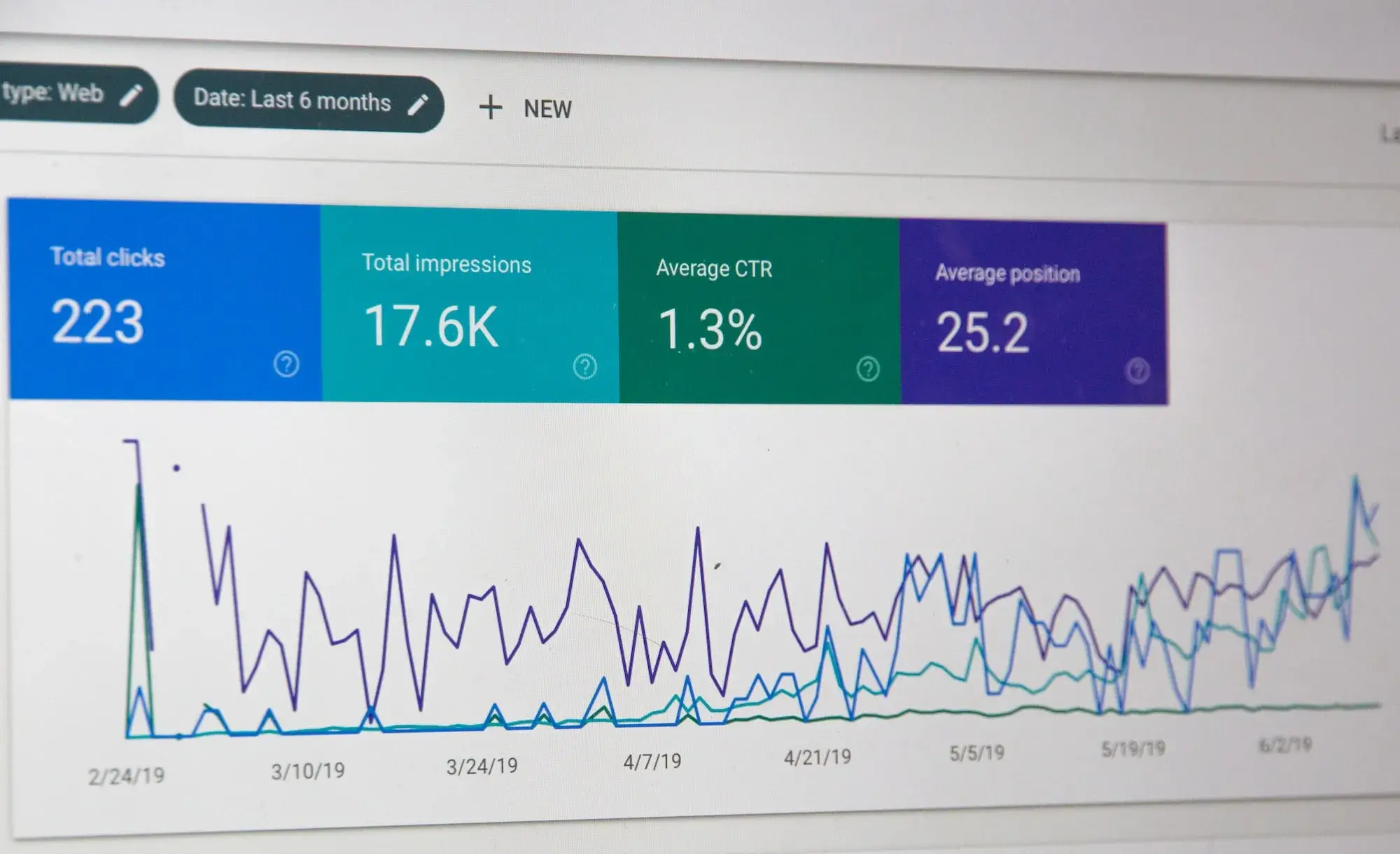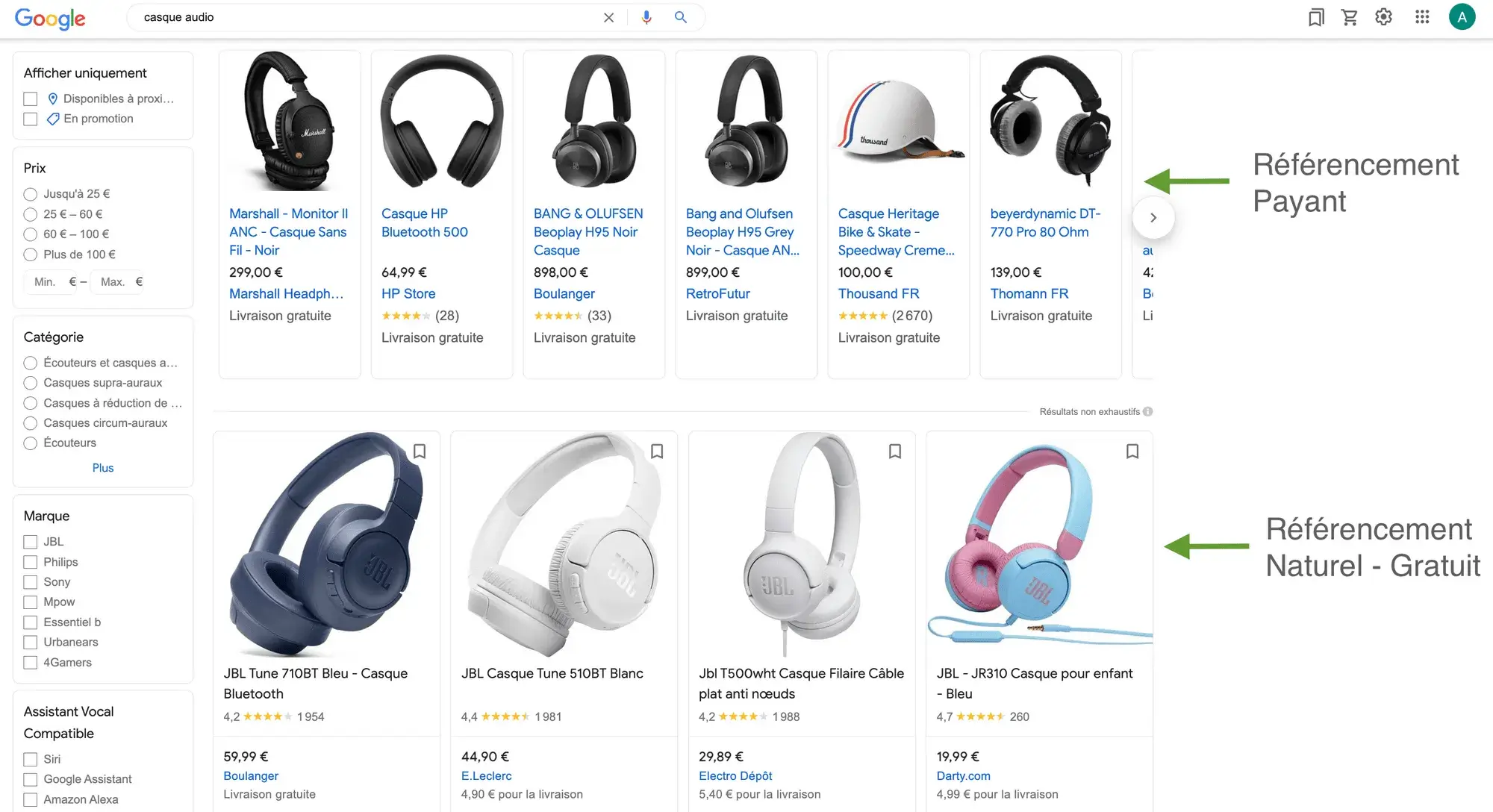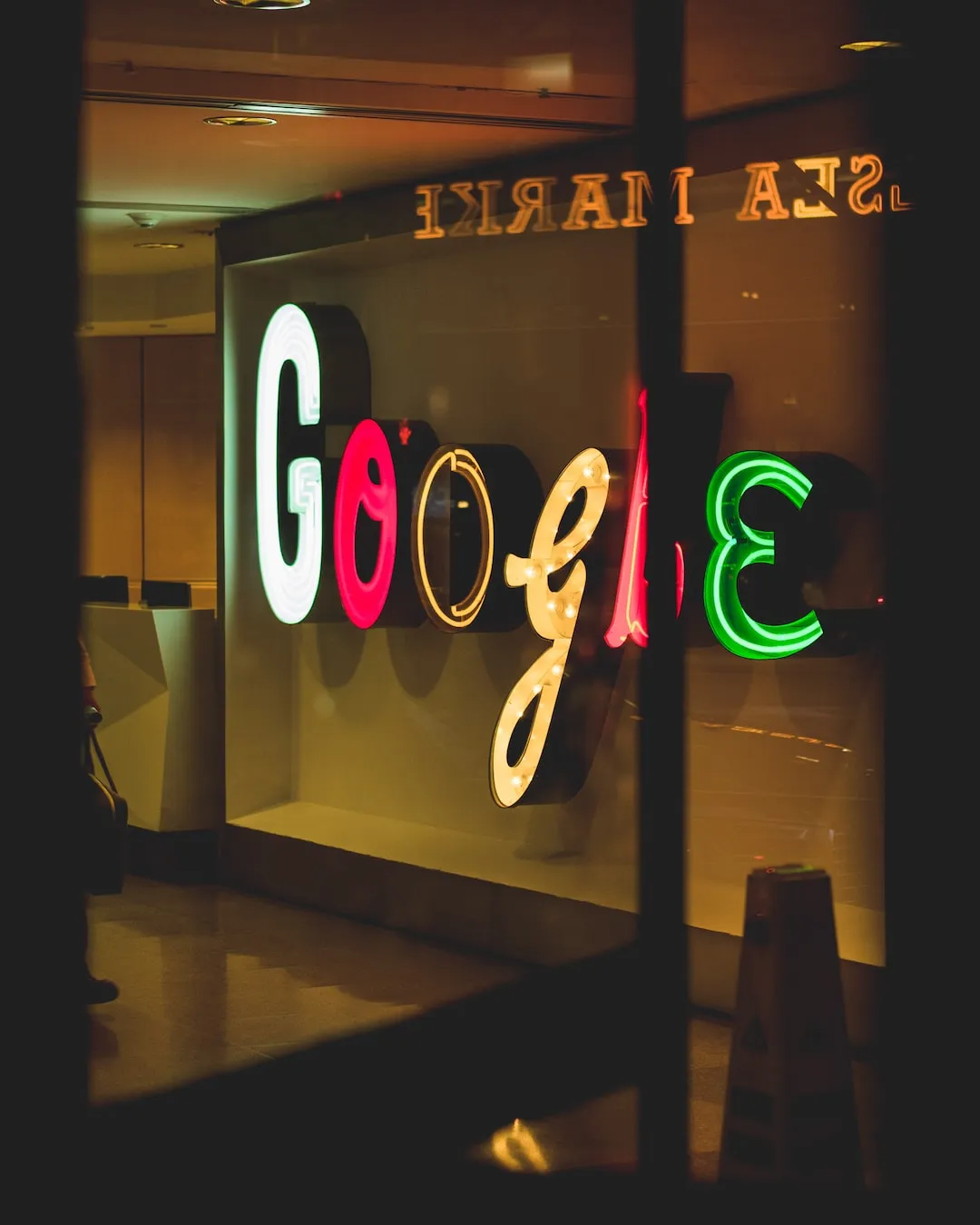Following the changes to Google Ads and the Performance Max solution, we interviewed Natalya Donnat, Director of Operations at Adenlab. She answered our questions, giving us a clearer picture of the Performance Max issues.
🤓
What do you think of Google Ads’ max performance campaigns?
So far, initial tests have been encouraging. The Performance Max campaign type has been in Beta since May 2021, and following positive results at Google, this Beta has been whitelisted for all accounts. Several tests have also been launched at Adenlab on several different business sectors. Some business sectors are responding better than others, but the tests are still being finalized.
🤓
Does automating this format benefit advertisers?
For the moment, I can’t say that automation is beneficial. The Performance Max format gives us very little information to analyze performance by diffusion (search, display or shopping). *It is currently impossible to understand where our ads are broadcast. * During our tests, we remain very vigilant about the distribution of our campaigns.
🤓
Does automating this format benefit advertisers?
We find that the Performance Max format cannibalizes our other Search, Shopping, Video or Display campaigns. And therefore take precedence and are prioritized by Google. That’s why we’ve developed Adenlab’s own methodology for setting up campaigns, reading performance and applying optimizations.
🤓
What are the advantages/disadvantages of Google Ads Performance Max campaigns?
=> The benefits Distribution across the entire Google inventory (YouTube, Display, Search, Discover, Gmail and Maps) from a single campaign Initial results are encouraging Increase in new customers Richer audience information => Disadvantages No information on the distribution of activated levers within the campaign Few possible optimizations Cannibalization with existing campaigns

